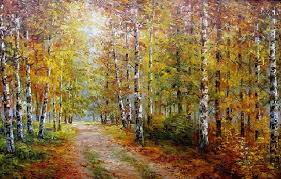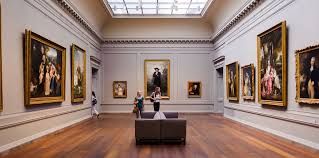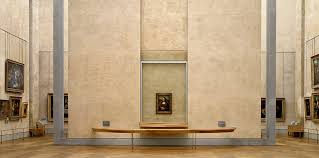unthinkable
WHAT IS ENAMEL?
 Enamel is a glassy, frozen mass of an oxide composition formed by partial or complete melting, sometimes with the addition of metals, deposited on a metal base.
Enamel is a glassy, frozen mass of an oxide composition formed by partial or complete melting, sometimes with the addition of metals, deposited on a metal base.
Other materials and coatings that do not meet this definition, although they are applied to metal and used for the same purpose, should not be associated with the concepts of “enamel” or “enamel”. So, for example, enamel varnish is called a very shiny enamel paint, and enamelled wire is a copper wire coated with enamel insulating paint.
The term enamel the author refers to both the material, as a type of decorative art, and the entire technology of manufacturing art products decorated with enamel. Continue reading
communal
available
landscape
characteristic
until
movements
selection
minerals
technique
modest
sixties
technologies
reproduction
background
Museum
watercolors
transmitted
finally
workshop
creation
canvas
province
combination
development
distinguished
traditions
unshakable
absolutely
educational
enthusiasm
performance
different
festivals
arrogance
period
emergence
ideological
documentary
manufacture
returned
members
decorative
resistant
musician
various
institution
phenomenon
contact
professional
again left
community
composition
snowflakes
harmony
milestone
subsequent
sepia
landscapes
density
student
photography
school
number
troubles
artists
soldiers




